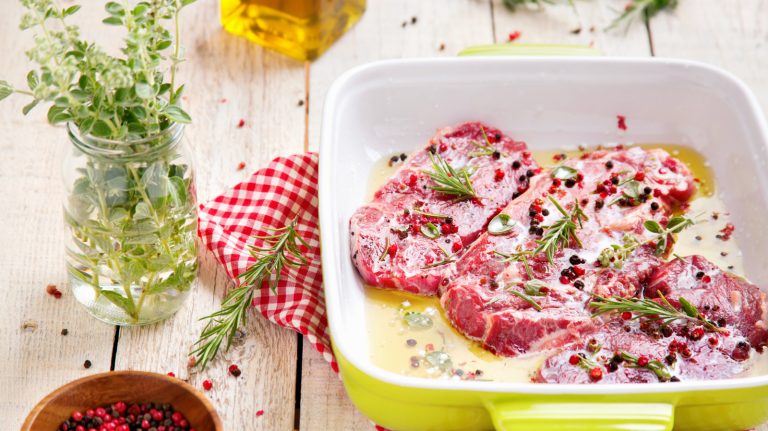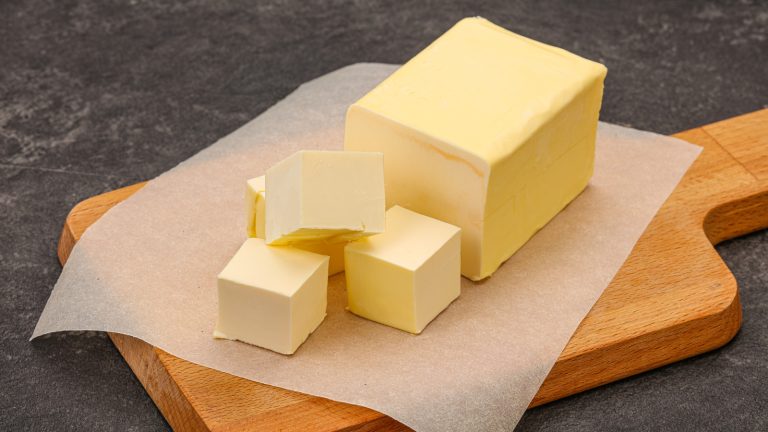There are many types of salad dressings for the picking, so it makes sense that some get confused with others. It’s certainly the case when two of them look similar, as is the case with Russian and Thousand Island dressings. Both dressings have a similar orange-ish color and share some ingredients in common, but the flavors are distinct. That’s why we’re here to tell you the differences between Russian and Thousand Island dressings so you can make the best choice when tossing your favorite salad recipe to eat for lunch or dinner.
We’ll get into the precise differences in the two dressings soon, so let’s start with the major similarities and differences. For example, both light-orange dressings are creamy compared to oily vinaigrettes. That creaminess and color respectively come from mayonnaise and ketchup, which make up the base of both salad dressings. Differences then start to appear when you taste either of the sauces, because Russian dressing has a spicy kick while its Thousand Island counterpart is more on the sweeter side of the flavor spectrum.
Where it all began with Russian and Thousand Island salad dressings — and key differences between the two options
Despite its name, Russian dressing is not from Russia. In fact, it’s thought that the salad dressing originated right here in the United States, specifically in New Hampshire. The original recipe used caviar, a Russian delicacy, which is likely where the name came from. These days, the ketchup and mayonnaise are combined with other ingredients like pimento peppers, horseradish, and chili sauce, which give it that spice. There’s also often Worcestershire and smoked paprika in the dressing. In addition to salads, Russian dressing can be used on Reuben sandwiches as a condiment.
When it comes to Thousand Island dressing, the name does come from where it was created, which is New York’s Thousand Islands region. And as a little surprise, the dressing is thought to be the inspiration behind McDonald’s iconic Big Mac sauce. It’s most often used as a creamy dressing on salads, but lends itself well as a sandwich condiment or dipping sauce for potato dishes. Ingredients like sweet paprika, lemon juice, sweet pickle relish, and often hard-boiled eggs are what differentiate Thousand Island from Russian dressing. Some versions might also have minced garlic, chopped onions, or vinegar for acidity. Try our homemade Thousand Island dressing recipe on your next salad or a snack like onion rings to get a taste for it yourself.






